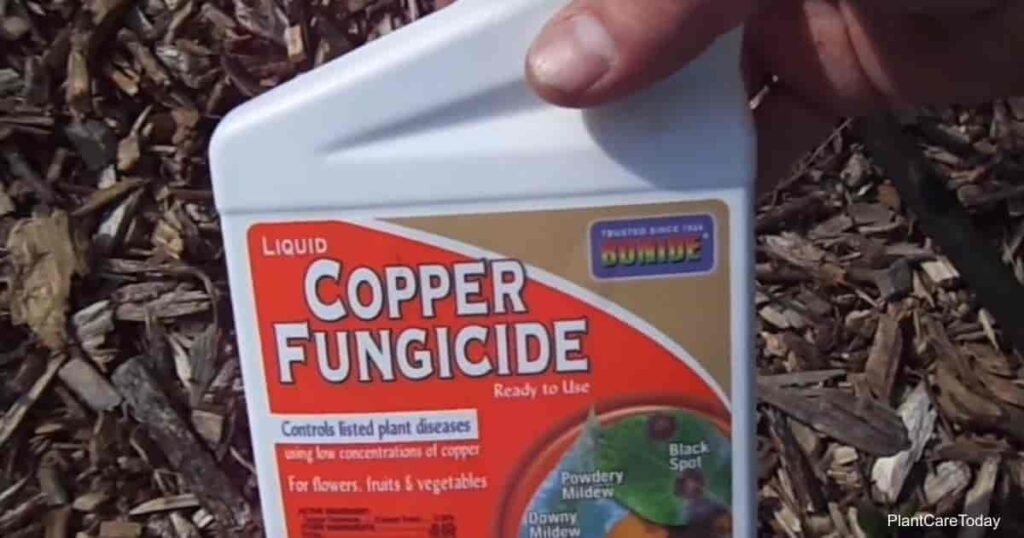In the realm of agriculture, where the battle against pests and diseases is perpetual, copper-based guards stand out as stalwart defenders of crops, including the coveted dragon fruit. In this comprehensive exploration, we delve into the efficacy and significance of employing copper-based guards to shield dragon fruit from potential threats, ensuring its thriving cultivation and abundant harvests.
Table of Contents

Understanding Copper-Based Guards
Copper-based guards encompass a range of formulations fortified with copper compounds, strategically designed to combat pests, diseases, and environmental stressors that afflict dragon fruit plants. As a key component of integrated pest management (IPM) strategies, these guards offer multifaceted protection while minimizing adverse environmental impacts.
The Dynamics of Dragon Fruit Cultivation
Cultivating dragon fruit entails navigating a complex landscape fraught with challenges. From fungal diseases like anthracnose and stem rot to the relentless onslaught of pests such as fruit flies and scale insects, growers face formidable adversaries that threaten the health and productivity of their orchards.

Unraveling the Arsenal: Types of Copper-Based Guards
1. Copper Oxychloride
Copper oxychloride, a widely used fungicide, exerts its protective influence by inhibiting fungal growth and spore germination. By forming a barrier on the plant’s surface, it effectively prevents the establishment and spread of fungal pathogens, safeguarding dragon fruit from diseases like anthracnose.
2. Copper Hydroxide
Copper hydroxide, with its superior adhesion properties, adheres to plant surfaces, providing long-lasting protection against a spectrum of fungal and bacterial diseases. Its mode of action disrupts key cellular processes in pathogens, making it a formidable ally in the battle to preserve dragon fruit health.
3. Copper Sulfate
Copper sulfate, renowned for its broad-spectrum activity, not only combats fungal and bacterial pathogens but also serves as a deterrent against algae and moss growth. Its versatility makes it a valuable tool for maintaining optimal plant health and vitality throughout the growing season.
Best Practices for Utilizing Copper-Based Guards
Effective application of copper-based guards is essential to maximize their efficacy and minimize the risk of resistance development. Consider the following best practices:
- Timing: Apply copper-based guards preventatively during periods of heightened disease and pest pressure or at the onset of symptoms to curtail further spread.
- Dosage: Adhere to recommended dosage rates and application intervals to achieve optimal control while minimizing environmental impact.
- Coverage: Ensure thorough coverage of all plant surfaces, including foliage, stems, and fruits, to create an impenetrable barrier against pests and pathogens.
- Rotation: Rotate between different copper-based guards with distinct modes of action to mitigate the risk of resistance development and preserve long-term efficacy.
Environmental Considerations and Sustainable Practices
While copper-based guards offer effective protection against pests and diseases, their use necessitates a balanced approach that considers environmental sustainability. Excessive or indiscriminate application of copper-based products can lead to copper accumulation in soil and water, posing risks to ecosystem health and biodiversity. To mitigate these concerns, practitioners are encouraged to adopt integrated pest management (IPM) strategies that emphasize cultural, biological, and mechanical control methods in conjunction with judicious pesticide use.
Innovations and Future Directions
The field of agricultural science continues to evolve, driving innovation in pest and disease management practices. Researchers are exploring novel formulations and delivery systems for copper-based guards, seeking to enhance efficacy, reduce environmental impact, and address emerging challenges posed by evolving pest and disease dynamics. By harnessing the power of technology and scientific advancements, growers can optimize their use of copper-based guards while minimizing their ecological footprint.
Conclusion: Preserving the Pinnacle of Dragon Fruit Excellence
In conclusion, the deployment of copper-based guards represents a cornerstone of modern agriculture, offering growers a potent arsenal in their quest to safeguard dragon fruit crops against pests, diseases, and environmental stressors. By embracing sustainable practices and staying abreast of advancements in pest management technology, growers can nurture thriving orchards and ensure a bountiful harvest of this beloved tropical fruit. With copper-based guards as their steadfast allies, growers can confidently embark on a journey towards sustained success in dragon fruit cultivation.
